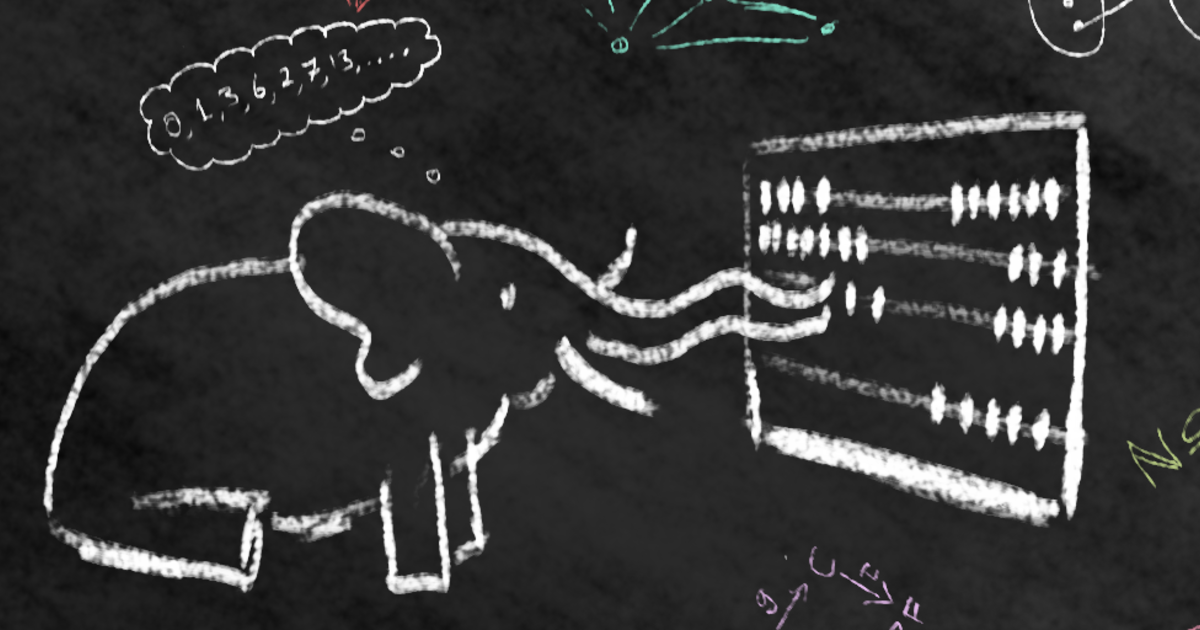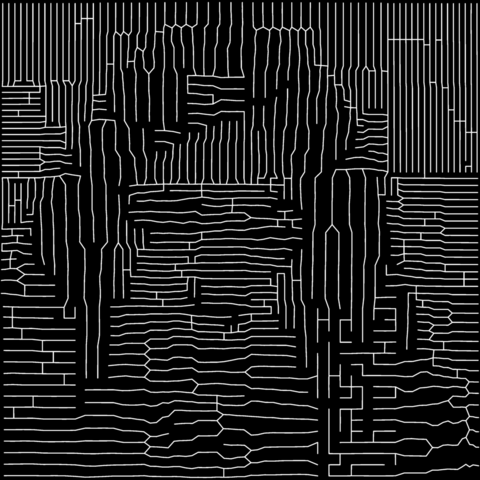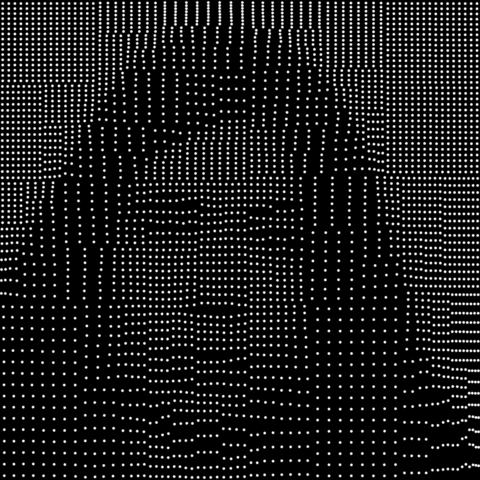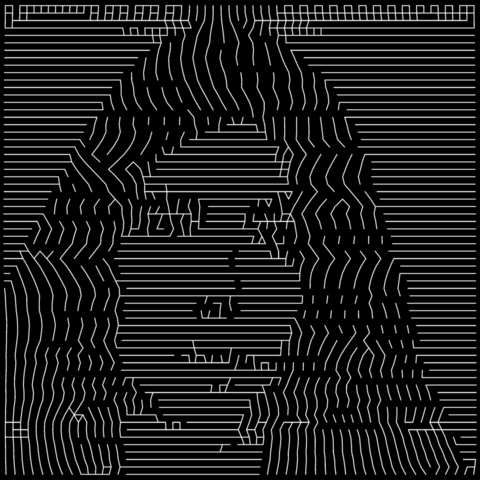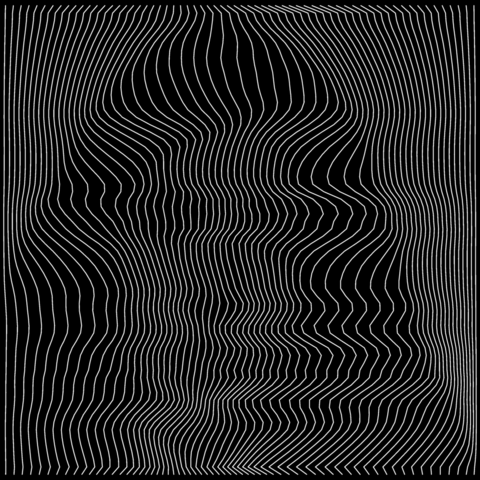Last post's line raster idea was kind of frustrating to get right, and I'm still not quite happy with the results. Of course, as soon as I'd posted them, I had a new idea for stippling images using the same 1D partitioning logic.
Now the binary partitioning proceeds alternately in x and y dimensions, splitting the whole image into areas of equal colour sum. It doesn't help with the line raster idea, and I'm not sure if it's great for general stippling either; it feels quite blocky compared to random dithering. But the technical idea seems quite fun — it should work in higher dimensions too.
I also made the minimum spanning tree, and it turned out quite interesting with the horizontal and vertical lines dominating large areas.

